The Iconography Of Asteroids In Ancient Art

Introduction
Asteroids have been an object of fascination since ancient times. Their appearance in the night sky has inspired myths and legends, and their impact on the Earth has shaped history. But asteroids have also played a significant role in art, particularly in ancient art. From cave paintings to mosaics, asteroids have been depicted in various forms throughout history. This article explores the iconography of asteroids in ancient art, delving into the different ways they were portrayed and what these representations meant to ancient civilizations.
The Role of Asteroids in Ancient Mythology

Greek Mythology
In Greek mythology, asteroids were often associated with gods and goddesses. For instance, the goddess Eos was said to ride an asteroid across the sky, signaling the coming of dawn. The god Apollo was also linked to asteroids, as it was believed that he directed them towards Earth as punishment for human sin.
Roman Mythology
In Roman mythology, the asteroid Ceres was personified as the goddess of agriculture and harvest. The asteroid was considered sacred to farmers, who believed that Ceres provided them with abundant crops. To honor the goddess, farmers built temples and altars dedicated to her.
Asteroids in Ancient Art
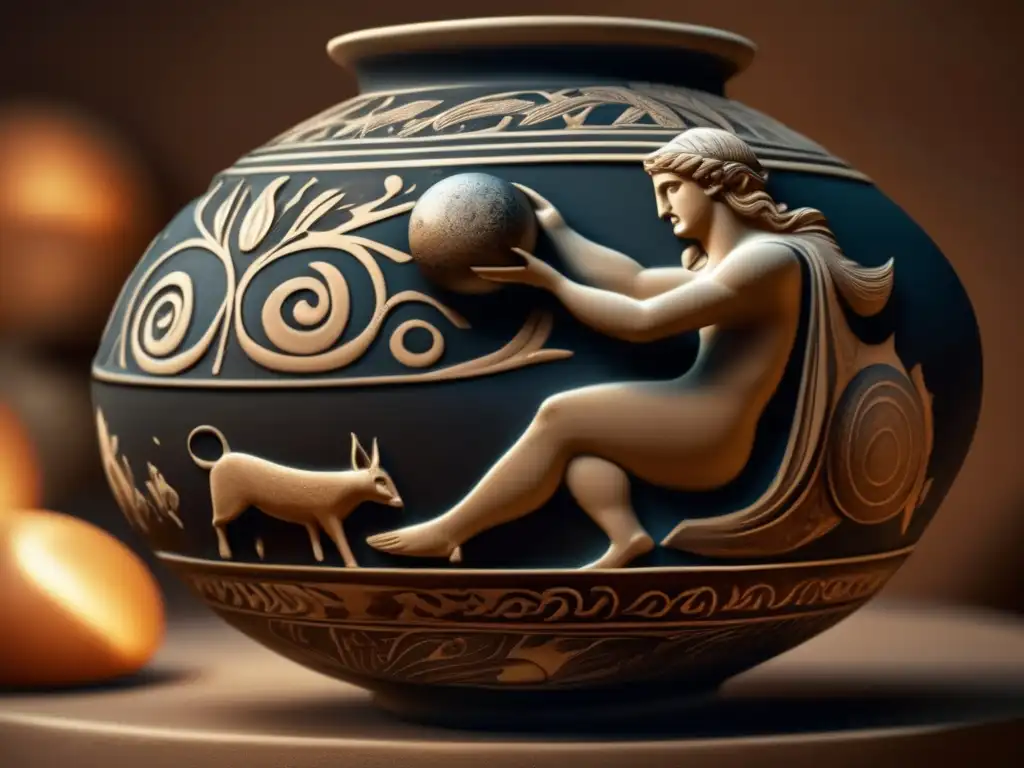
Cave Paintings
Asteroids are among the oldest subjects depicted in art, dating back to prehistoric times. Archaeologists have discovered cave paintings that depict celestial bodies, including asteroids. In some of these paintings, the asteroid is shown as a bright star-like object, while in others it is represented as a disc or oval shape, often accompanied by other celestial elements such as the moon, stars, or planets.
Greek and Roman Art
In ancient Greece and Rome, asteroids were depicted in various forms of art, from pottery to mosaics. In many of these depictions, the asteroid was shown as a bright celestial object with rays emanating from it. These rays were symbolic of the asteroid's power and influence over human affairs. In some cases, the asteroid was shown being ridden by a god or goddess, emphasizing its importance in mythology.
Chinese Art
Asteroids also played a significant role in Chinese art. In traditional Chinese art, asteroids were often depicted alongside dragons, which were believed to represent power and good fortune. The asteroid itself was seen as a symbol of strength and longevity, and was often shown as a disc or oval shape. Some Chinese paintings depicted the asteroid as part of a larger celestial scene, such as a comet or meteor shower.
The Symbolism of Asteroids in Ancient Art
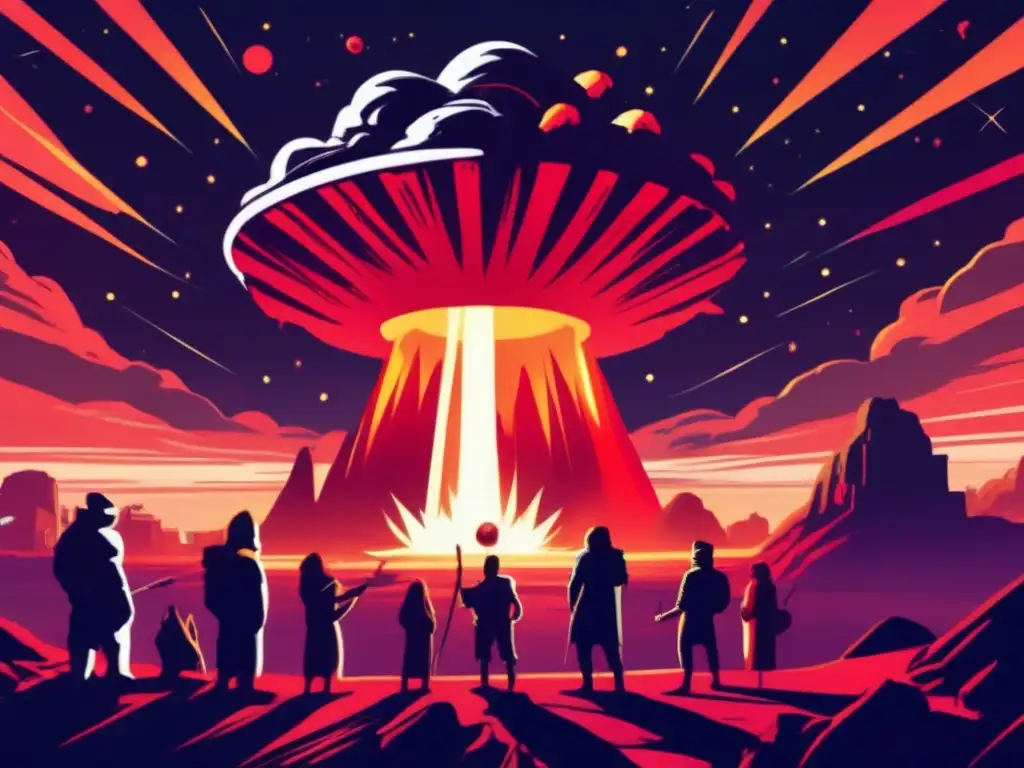
Power and Influence
Asteroids were often depicted as powerful celestial objects that had a significant impact on human affairs. In ancient times, people regarded asteroids as omens, heralding important events such as wars, famines, or natural disasters. This belief is reflected in ancient art, where asteroids are often shown as bright and radiant, symbolizing their power and influence.
Connection to Mythology
For ancient civilizations, asteroids played an important role in mythology, serving as a link between the celestial realm and the human world. Depicting asteroids in art helped to reinforce their connection to the gods and goddesses, and to emphasize their significance in the cosmic order.
Sacredness
Asteroids were often considered sacred by ancient cultures, particularly those that were closely connected to agriculture. As mentioned earlier, the asteroid Ceres was believed to be the goddess of agriculture and harvest, and was worshipped by farmers who depended on her for a bountiful crop. Other asteroids were also regarded as sacred, and were often depicted in art as objects of reverence and awe.
Frequently Asked Questions
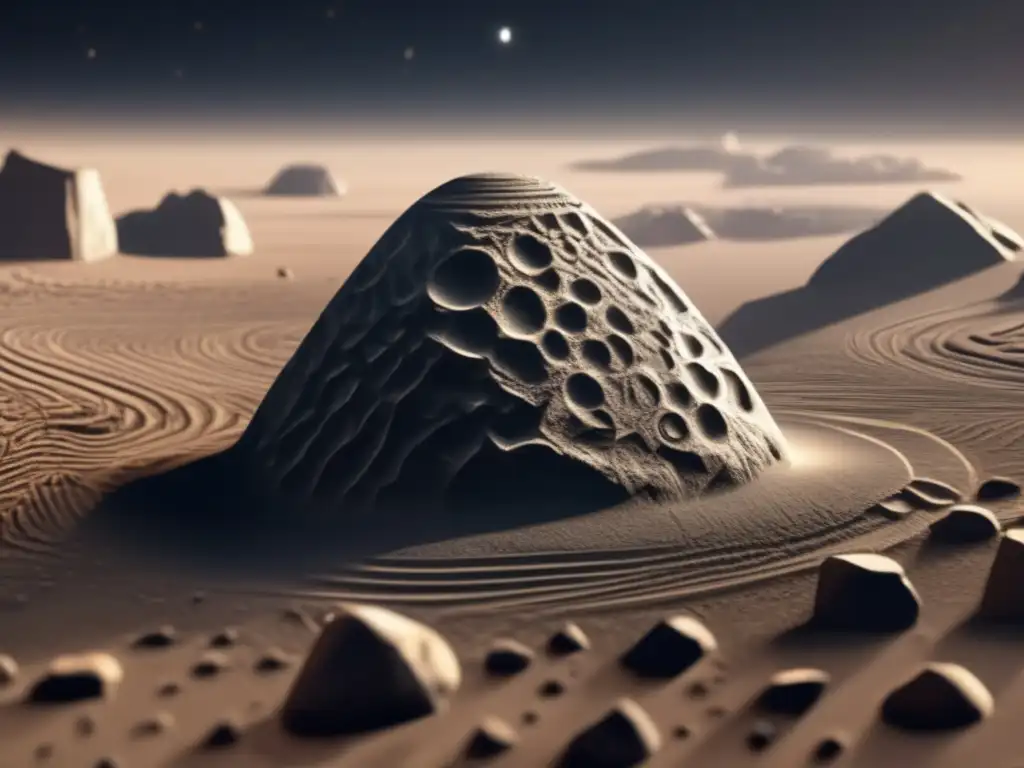
-
Did ancient civilizations believe that asteroids were divine beings?
While not all ancient civilizations viewed asteroids as divine beings, many of them did believe that asteroids had a spiritual or supernatural power that could influence human affairs.
-
Why did ancient cultures consider asteroids sacred?
Asteroids were often associated with important aspects of ancient life, such as agriculture, harvest, and war. As such, they were regarded as sacred objects that had the power to bring good fortune or disaster, depending on how they were perceived.
-
What are some common symbols used to depict asteroids in ancient art?
Asteroids were often depicted as bright, radiant objects with rays emanating from them. Some asteroids were also shown being ridden by gods or goddesses, while others were depicted as discs or ovals.
-
How did ancient civilizations use their knowledge of asteroids?
Ancient civilizations used their knowledge of asteroids to predict natural phenomena such as meteor showers and eclipses. They also believed that asteroids could serve as omens, foretelling important events such as wars, plagues, or famines.
-
What role did asteroids play in ancient mythology?
Asteroids were often linked to gods and goddesses in ancient mythology, serving as a means of communication between the celestial realm and the human world. They were also considered to be powerful symbols of divine power and influence.
Conclusion
Asteroids have been an object of fascination and inspiration for humans since ancient times. Their depiction in art is a testament to their enduring impact on human culture and society. Whether viewed as objects of divine power or simply as symbols of cosmic significance, asteroids have played a significant role in shaping the way we understand the universe and our place within it.
We hope you enjoyed this article on the iconography of asteroids in ancient art. Feel free to leave your thoughts and comments below, and don't forget to share this article with others who might find it interesting!
Additional Resources
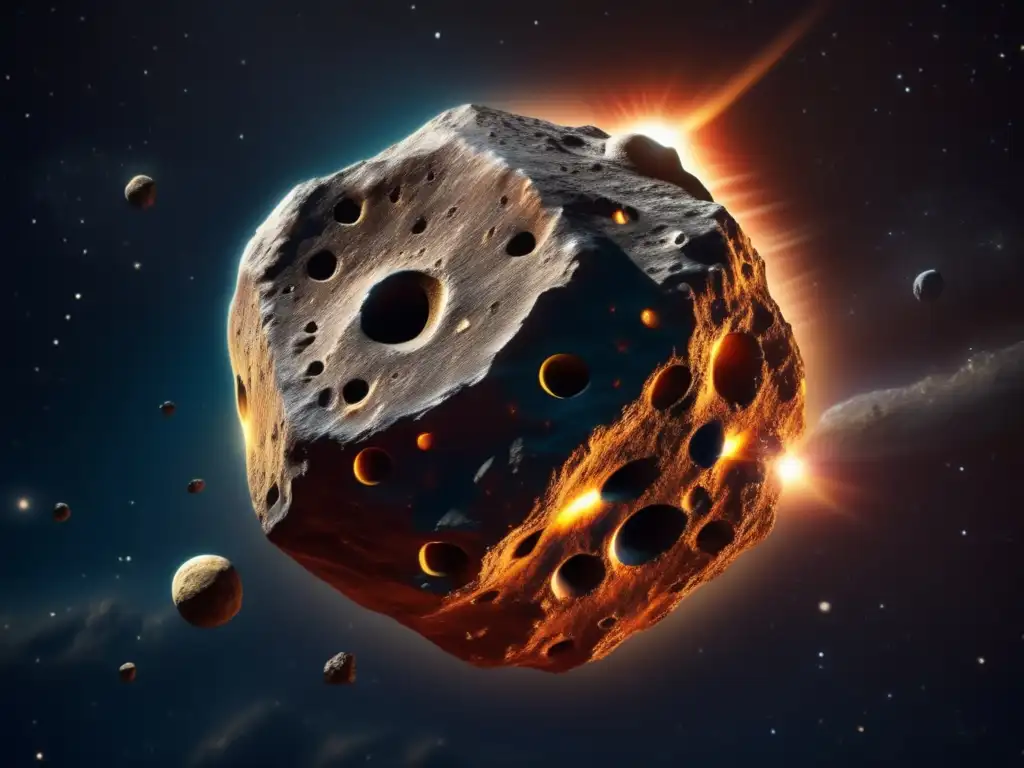
For more information on asteroids and their role in ancient cultures, check out these resources:
 Visions Of The Sky: Dreams And Prophecies About Asteroids
Visions Of The Sky: Dreams And Prophecies About Asteroids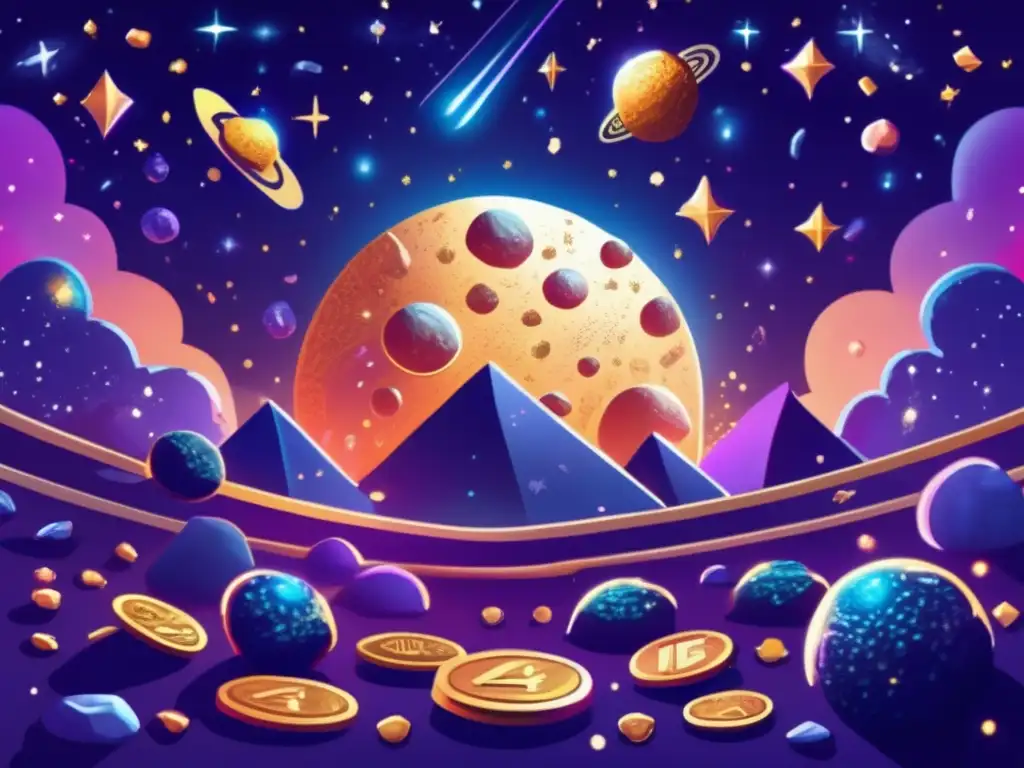 Asteroid Symbols In Ancient Coins And Their Meanings
Asteroid Symbols In Ancient Coins And Their Meanings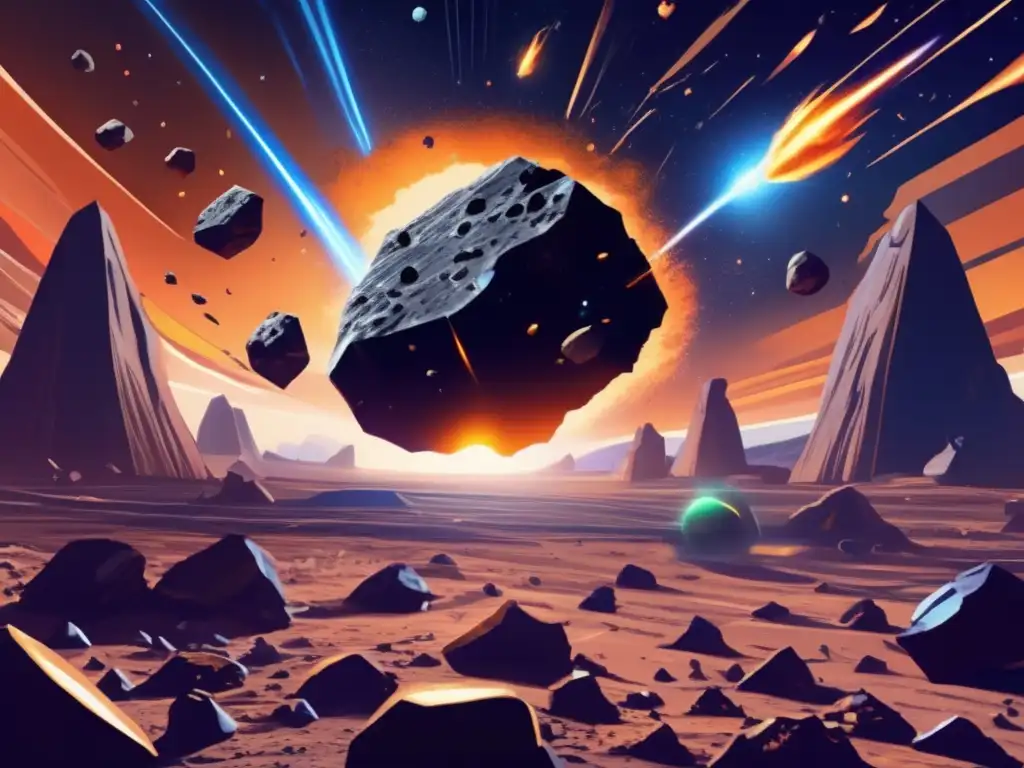 Tales Of Cosmic Justice: Asteroids As Tools Of Divine Retribution
Tales Of Cosmic Justice: Asteroids As Tools Of Divine RetributionIf you want to discover more articles similar to The Iconography Of Asteroids In Ancient Art, you can visit the Asteroid Mythology category.
Leave a Reply

Articulos relacionados: